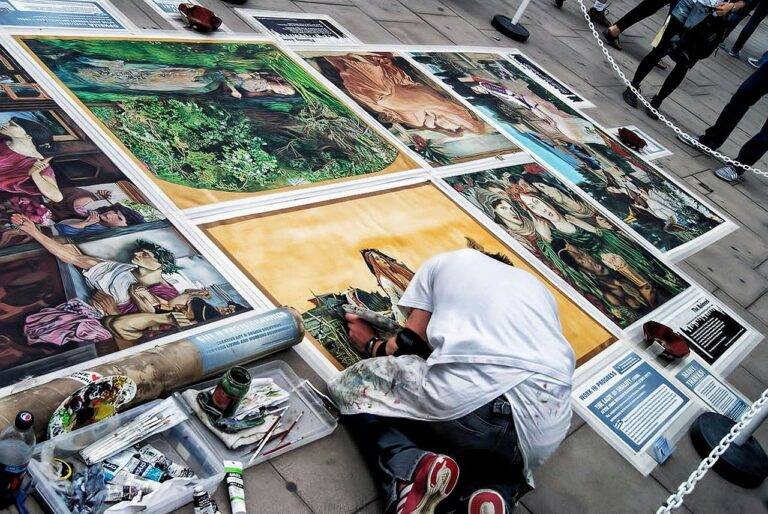Exploring the World of Interactive Exhibits: AR Museums, Virtual Galleries, and Digital Installations
As technology continues to advance, interactive exhibits have also seen a significant evolution over the years. Museums have transformed traditional static displays into dynamic, engaging experiences that cater to the ever-changing interests of visitors. These interactive exhibits not only educate but also entertain and immerse individuals in a way that was previously unimaginable.
From touchscreens and virtual reality to interactive projections and gamified experiences, museums have embraced a wide range of technologies to enhance visitor engagement. By incorporating interactive elements into exhibits, museums have been able to provide a more personalized and memorable experience for guests of all ages. This shift towards interactivity has allowed museums to stay relevant in a digital age where audiences crave immersive and hands-on learning experiences.
The Rise of Augmented Reality in Museums
Augmented reality (AR) technology has been making significant strides in the museum world, offering visitors a unique, interactive experience unlike any other. By overlaying digital content onto the physical environment, AR enhances traditional museum exhibits by providing additional information, visualizations, and interactive elements that engage and educate visitors in new ways. This immersive technology has the power to bring artifacts and exhibits to life, bridging the gap between the past and the present for a more enriching and captivating museum experience.
One of the key benefits of implementing augmented reality in museums is the ability to cater to different learning styles and preferences. With AR, visitors have the opportunity to engage with exhibits in a more personalized and interactive manner, allowing them to delve deeper into the content at their own pace. This hands-on approach not only enhances comprehension and retention but also fosters a sense of curiosity and exploration that can spark a lifelong interest in history, art, science, and other subject matters showcased in museums.
What is augmented reality?
Augmented reality is a technology that superimposes computer-generated images, sounds, or other data on a user’s view of the real world, providing a composite view.
How is augmented reality being used in museums?
Augmented reality is being used in museums to enhance visitor experiences, provide additional information about exhibits, and create interactive and immersive exhibits.
Can anyone use augmented reality in museums?
Yes, anyone visiting a museum that offers augmented reality experiences can use the technology by downloading a designated app or using provided devices.
Are interactive exhibits becoming more popular in museums?
Yes, interactive exhibits are becoming increasingly popular in museums as they engage visitors in a more dynamic and hands-on way, making the museum experience more interactive and enjoyable.
How can augmented reality benefit museum visitors?
Augmented reality can benefit museum visitors by providing additional information, interactive experiences, and a more immersive and engaging way to learn about the exhibits on display.





